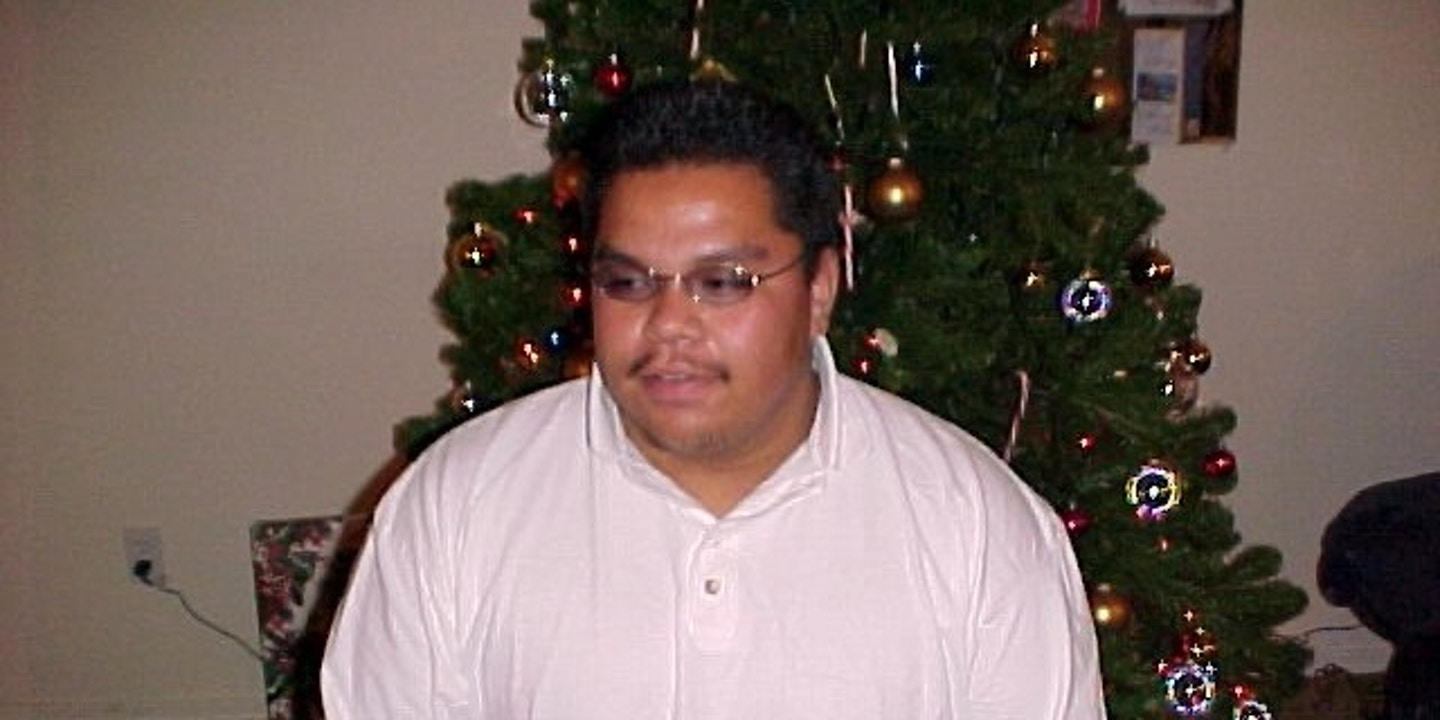Last night officials at the Federal Penitentiary in Terre Haute executed Lezmond Mitchell for a brutal crime committed half his lifetime ago. The 38-year-old was the only Native American on federal death row, and the fourth person killed by the government since the Trump Administration resumed executions after a hiatus of nearly two decades.
Mitchell was convicted of a truly horrifying double homicide. In 2001, according to the New York Times, Mitchell and three others “plotted to carjack a vehicle to use in an armed robbery. Mr. Mitchell and Johnny Orsinger, his 16-year-old accomplice, killed Alyce Slim and her granddaughter, before decapitating them and disposing of the bodies in a shallow hole. Three days later, Mr. Mitchell and two others robbed a trading post on the Navajo Reservation, using Mrs. Slim’s pickup truck.”
There are problems with this case. Because both Mitchell and his victim were Navajos, the crime fell under federal jurisdiction because of the 1885 Major Crimes Act, an important piece of legislation that played a role as well in the Supreme Court’s recent decision in McGirt. Mitchell was arrested and held in a tribal jail for nearly a month. Without an attorney present, FBI agents interrogated him. They brought him before the court only after he had confessed. Mitchell’s confession was never recorded and in his only recorded statement, said that he had no direct role in the slayings. The jury also learned little of Mitchell’s tragic life story: the horrors of intergenerational trauma, drug abuse, and mental illness. Only one Navajo sat on the jury.
Now here is where things get complicated. As the New York Times put it, “the Federal Death Penalty Act of 1994 allowed tribes to opt in to the death penalty, and nearly all—including the Navajo Nation—have opted out. But Mr. Mitchell was convicted of a federal crime to which the tribal option did not apply, ‘carjacking resulting in death.’” The federal prosecutors understood that Mitchell’s accomplice was the primary assailant, but he was 16, and ineligible for capital punishment. Mitchell, just twenty, took the bulk of the blame and faced execution if convicted. Had he been tried for murder, he could not have been executed; the carjacking charge was a federal government workaround by a Justice Department that wanted to prosecute a capital crime. Navajo officials repeatedly called upon the government to commute Mitchell’s sentence to life in prison without the possibility of parole, as the government had done in twenty other murder cases.
Lezmond Mitchell is dead. As Carl Slater, a delegate to the Navajo Nation Council put it in an op-ed piece in the New York Times, “this case remains the only time in the history of the modern death penalty that the federal government has sought capital punishment over tribal objection for a crime committed on tribal land.” This judicial murder was a violation of the government’s promises to Native peoples under the Federal Death Penalty Act. It was, as Slater pointed out, a “grave injustice.” It is also proof that the federal government is a large and mighty beast, and that steps forward like the decision in McGirt are nearly always followed by steps backward.
The Major Crimes Act of 1885 amounted to the imposition of colonial control over native nations. When the Supreme Court upheld its constitutionality a year later, it acknowledged that the Constitution contained no language granting to the United States the power to prosecute crimes between Indians committed on the lands of a Native nation. As a result, it justified this action on the basis of federal strength and the relative weakness of Native peoples. Echoing the language of John Marshall’s decision in Cherokee Nation v. Georgia (1831), the Court held that “these Indian tribes are the wards of the nation.
These Indian tribes are wards of the nation. They are communities dependent on the United States. Dependent largely for their daily food. Dependent for their political rights. They owe no allegiance to the States, and receive from them no protection. Because of local ill feeling, the people of the States where they are found are often their deadliest enemies. From their very weakness and helplessness, so largely due t the course of dealing of the Federal Government with them and the treaties in which it has been promised, there arises the duty of protection, and with it the power.
The 1994 act tempered federal power over Native nations when it came to the imposition of penalties for Major Crimes. It accorded Native nations the power to determine who would face capital punishment for crimes committed on Indian reservations. It was a pledge that tribes, in this very constrained circumstance, could choose to follow their own values. In Lezond Mitchell’s case, the Federal Government turned its back on that promise.

